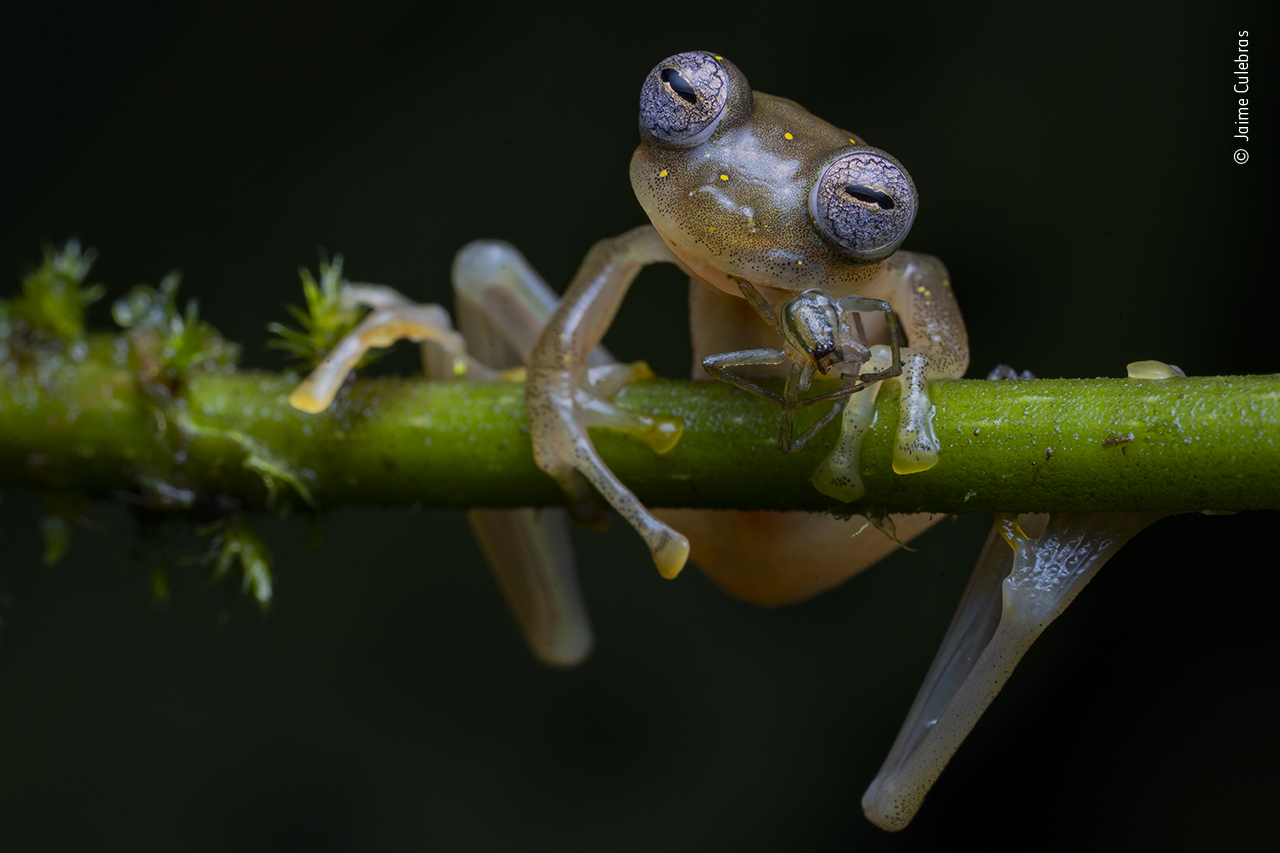Make a donation
The Museum is a charity and we rely on your support.
Make a donation today and support our 350 scientists who are working to build resilient habitats, protect vulnerable species and secure a sustainable future for our planet.

Jaime was looking for frogs when he suddenly spotted a cat-eyed snake, a species with a particular liking for amphibians. Upon grasping its victim in its jaws, the snake released low-level toxic venom to subdue it. The brutal reality of the situation is captured in the eyes of the trapped hourglass tree frog.
Hourglass tree frogs move freely between land and water and can lay their eggs in both environments. Despite this ability they are ideal prey for cat-eyed snakes that can swim and slither to reach the upper branches of vegetation. This leaves few safe options for the tree frogs.

Spain
Jaime has a bachelor’s in biology, an MSc in environmental education and an MSc in biodiversity and conservation of tropical areas. He’s been living in Ecuador for more than nine years, where he works as a reptile and amphibian researcher and nature photographer. Jaime has won numerous photography and conservation awards.
Help us harness the power of photography to advance scientific knowledge, spread awareness of important issues and nurture a global love for nature.


